EDITORIAL
Published on 04 Oct 2023
Editorial: Methodological approaches for fish reproduction management
doi 10.3389/fphys.2023.1271809
- 1,862 views
3,181
Total downloads
16k
Total views and downloads
Select the journal/section where you want your idea to be submitted:
EDITORIAL
Published on 04 Oct 2023
ORIGINAL RESEARCH
Published on 08 Aug 2023
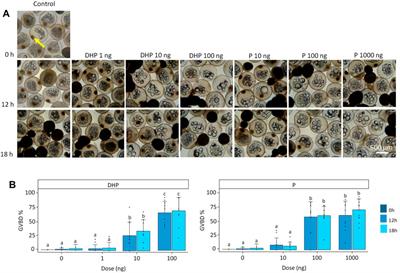
ORIGINAL RESEARCH
Published on 02 Aug 2023
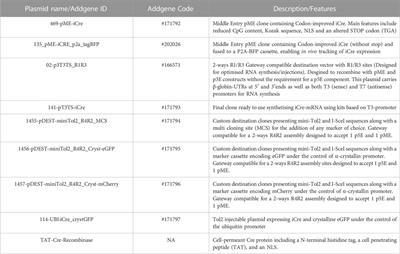
ORIGINAL RESEARCH
Published on 28 Jul 2023
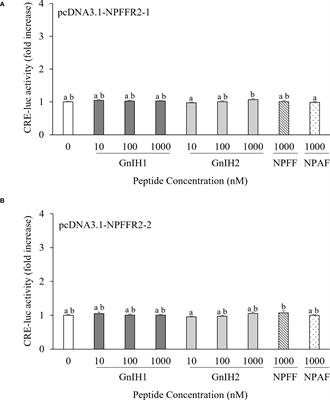
ORIGINAL RESEARCH
Published on 30 Jun 2023
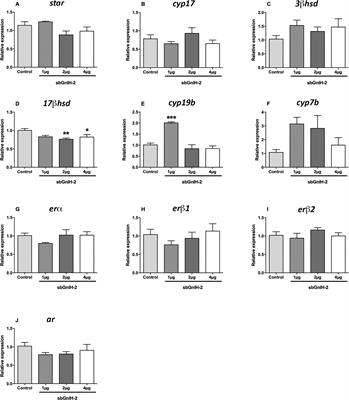
ORIGINAL RESEARCH
Published on 09 Nov 2022
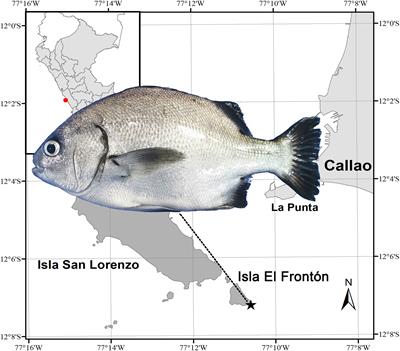
ORIGINAL RESEARCH
Published on 01 Nov 2022
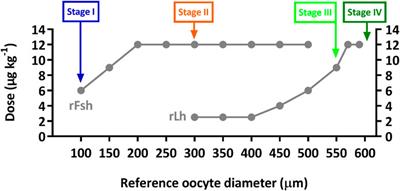

Frontiers in Marine Science